A portrait of Alan Jacobs
Know Thyself. All else will be known to thee of its own accord. Discriminate between the undying, unchanging, all-pervading, infinite Atma and the ever-changing, phenomenal and perishable universe and body. Enquire, ‘Who am I?’ Make the mind calm. Free yourself from all thoughts other than the simple thought of the Self or Atma. Dive deep into the chambers of your heart. Find out the real, infinite ‘I’. Rest there peacefully for ever and become identical with the Supreme Self.
—Bhagavan Sri Ramana Maharshi
A SINGULAR MAN is an artistic homage to one of my dearest friends and mentors, Alan Jacobs, President of the Sri Ramana Maharshi Foundation, London. A published poet and author, Alan has spent his entire life devoted to the pursuit of Self-enquiry and the mystical path.
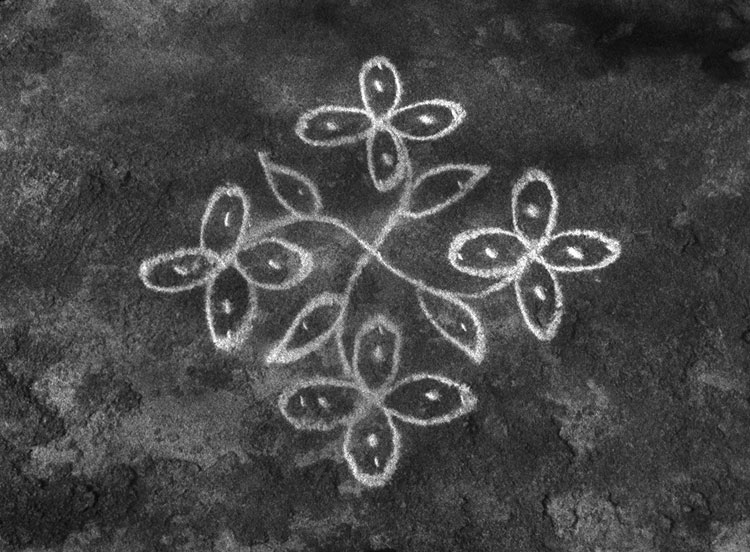
Photograph: [CC BY-SA 4.0] The Culturium
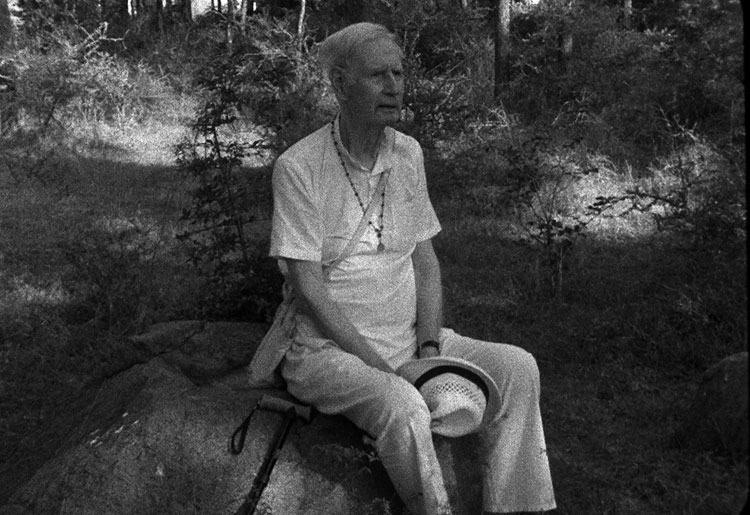
Photograph: [CC BY-SA 4.0] The Culturium
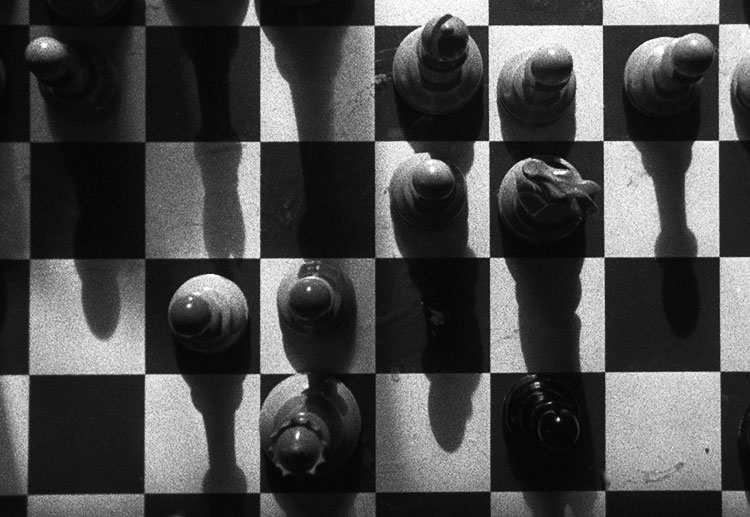
Photograph: [CC BY-SA 4.0] The Culturium
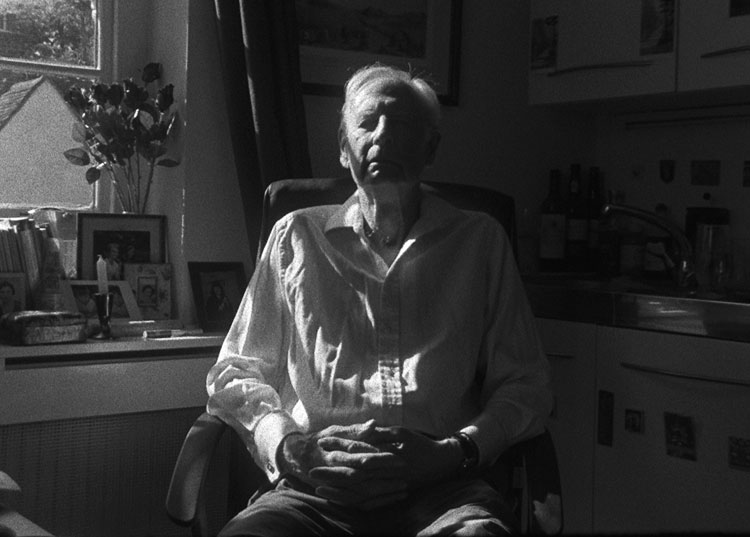
Photograph: [CC BY-SA 4.0] The Culturium
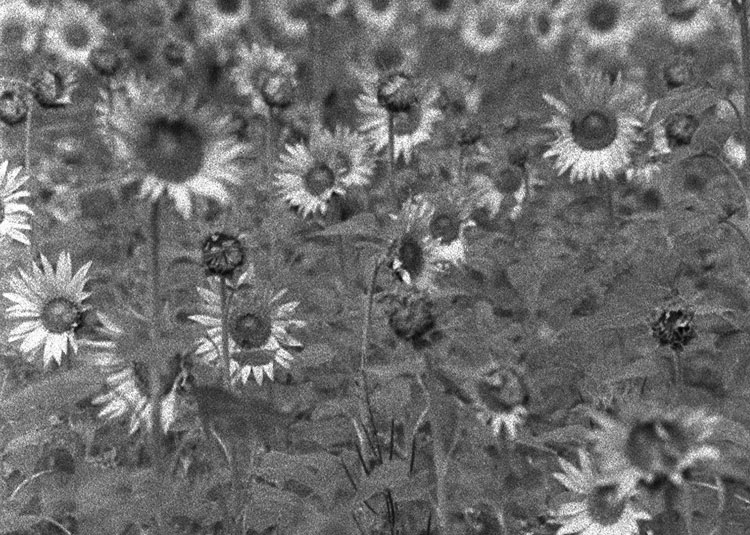
Photograph: [CC BY-SA 4.0] The Culturium
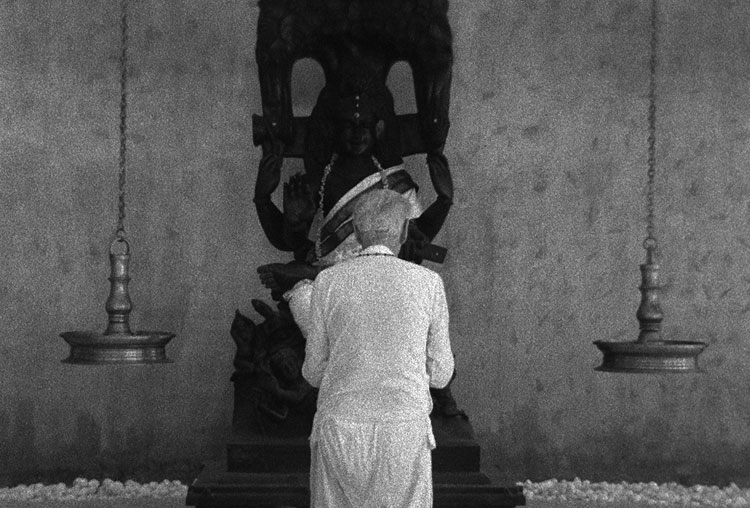
Photograph: [CC BY-SA 4.0] The Culturium
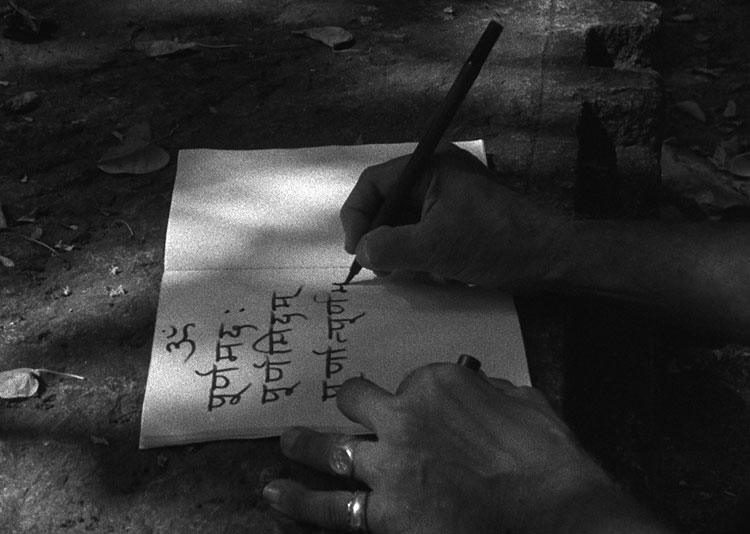
Photograph: [CC BY-SA 4.0] The Culturium
Arunachala is truly the holy place. Of all holy places it is the most sacred! Know that it is the heart of the world. It is truly Siva himself! It is his heart-abode, a secret kshetra [a site of pilgrimage]. In that place the Lord ever abides in the hill of light named Arunachala.
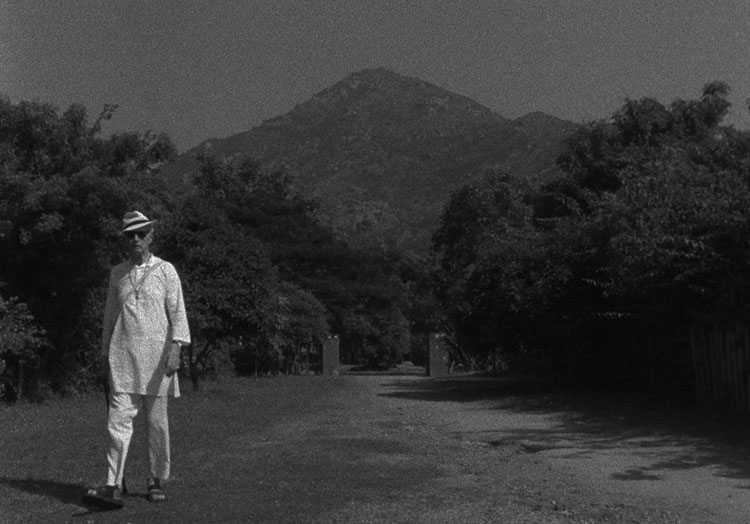
Photograph: [CC BY-SA 4.0] The Culturium
All gifts, no matter how small, are deeply appreciated. Thank you.
